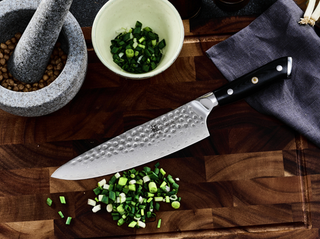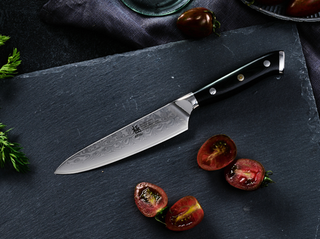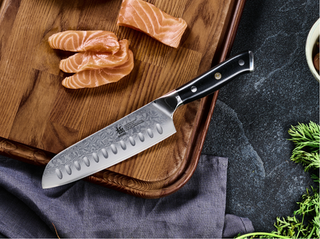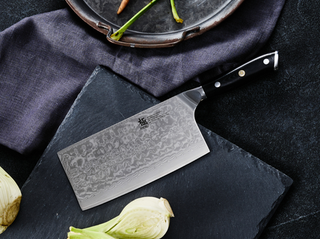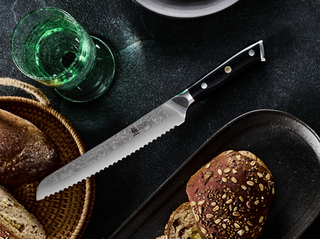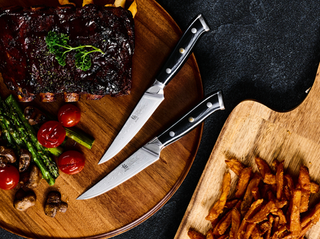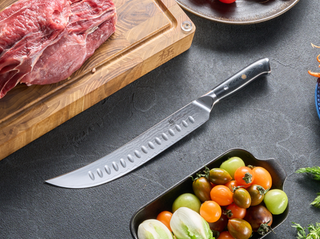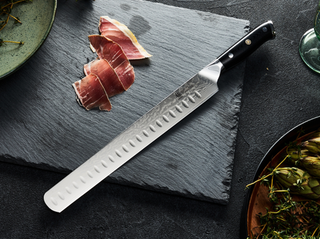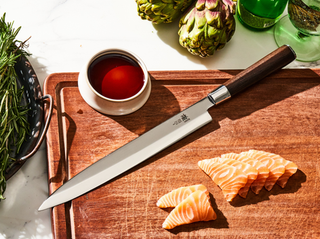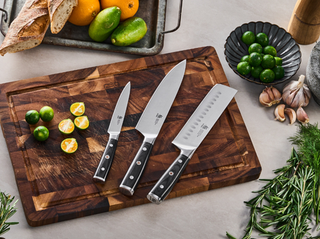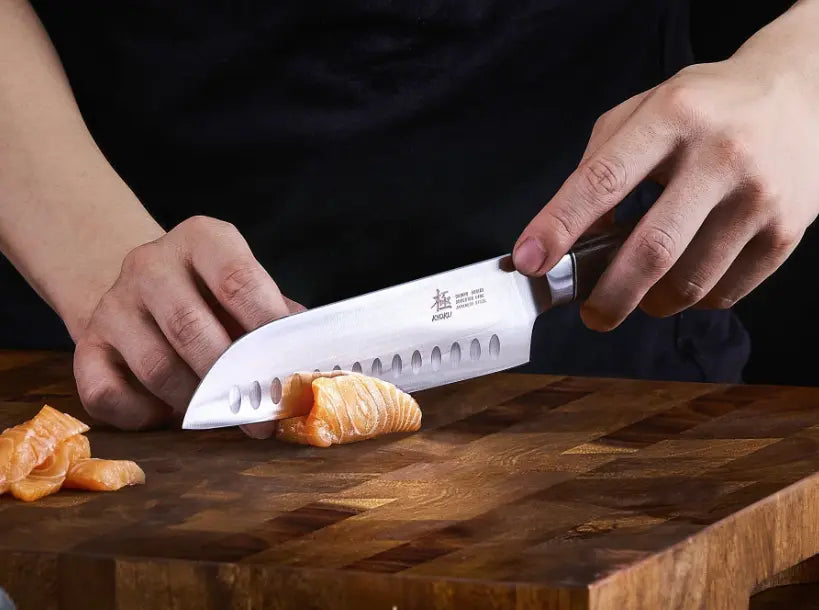Japanese knives chip because their exceptional qualities – ultra-hard steel and thin blades – make them both incredibly sharp and inherently vulnerable. Preventing this damage requires understanding not just how to use these knives, but why they behave the way they do. If frozen bones and crystal-hard squash could speak, they might whisper the ancient curse from Dune: "May thy knife chip and shatter," knowing well these blades' hidden weakness. Yet this vulnerability isn't a flaw; it's the inevitable companion to superior performance.
Understanding this balance isn't just important for pros and home cooks who prefer Japanese-style knives; it's crucial for protecting an investment that can last generations. The same properties that make these knives exceptional – hardened steel for razor-sharp edges and thin profiles for precise cuts – also make them more susceptible to damage than their Western counterparts. Managing this trade-off successfully comes down to proper technique, careful maintenance, and mindful use.
1. What Makes Japanese Knives Different
The exceptional performance of Japanese knives comes from two key elements: material composition and blade geometry. Together, these create both their strongest advantages and their primary vulnerabilities.
Traditional Japanese knives use high-carbon steel reaching 60-65 HRC on the Rockwell scale, significantly harder than Western counterparts. This hardness enables their legendary sharpness but introduces brittleness – the root cause of chipping. The geometry amplifies both effects: thinner profiles and acute edge angles (15-17 degrees versus Western 20+) allow for precise cuts but provide less material to absorb impact.
This combination explains why Japanese knives can slice through vegetables with cellular-level precision yet remain vulnerable to everyday kitchen hazards that Western knives routinely survive.
2. What Causes Chips
Chips in Japanese knives result from three primary sources, each stemming from the blade's fundamental properties:
Impact trauma occurs when the blade encounters excessive force, typically from improper cutting surfaces or technique. The hard steel's brittleness means it chips rather than bends – particularly evident when using Japanese steak knives, which require different handling than Western versions.
Material stress develops from lateral pressure or twisting motions during cutting. The thin blade geometry makes these forces especially damaging, as there's minimal supporting material behind the edge.
Environmental factors, including temperature fluctuations and improper storage, create conditions where the blade becomes more susceptible to damage. This explains why frozen foods and poor storage methods frequently lead to chipping.
3. How to Protect Your Knife
Protection starts with proper storage – the foundation of Japanese knife care. Each blade requires individual protection, either through dedicated knife blocks or individual edge guards. This isn't merely about organization; it's about preventing micro-damage that leads to chips.
Daily handling procedures form the second defensive layer. This means:
- Using only end-grain wooden cutting boards that accommodate the blade's hardness
- Ensuring ingredients are properly thawed
- Maintaining straight cutting motions that work with the blade's geometry
- Avoiding hard materials that can challenge the steel's structural limits
4. Basic Maintenance

Regular maintenance extends beyond cleaning to create a comprehensive care system. The primary elements include:
Immediate care: After every usage, hand cleaning and complete drying help to avoid microscopic damage that might become chips. This concerns structural integrity of the steel, not only about cleanliness.
Edge maintenance: Traditional Western honing methods can damage these harder blades. Instead, use ceramic honing rods or strops that complement the steel's properties. Professional sharpening every 6-12 months ensures the edge remains properly supported.
Surface protection: Monthly application of food-grade mineral oil to wooden handles maintains proper moisture balance, preventing stress on the blade tang and potential structural weaknesses.
5. Quick Care Guide
For those new to Japanese knives, these fundamental practices will help preserve your blade:
- Always hand wash and immediately dry after use
- Store in a dedicated knife block or with individual blade guards
- Use end-grain wooden cutting boards exclusively
- Apply food-grade mineral oil monthly to wooden handles
- Keep blades away from extreme temperatures
- Address any chips or damage immediately through professional repair
If you want to learn more about how to properly sharpen your knives, click here.

Conclusion
Japanese knives represent the pinnacle of cutting precision, achieved through specific material and design choices. Understanding these properties reveals why they require particular care:
- Material Properties
- Harder steel enables superior sharpness
- Requires dedicated protection methods
- Rewards proper technique with exceptional performance
- Care Requirements
- Systematic approach to storage
- Regular maintenance routines
- Professional servicing schedule
- Long-term Benefits
- Consistent cutting excellence
- Extended blade life
- Enhanced cooking precision
Respect your blade's nature, embrace its care, and it will reward you with years of faithful service.
